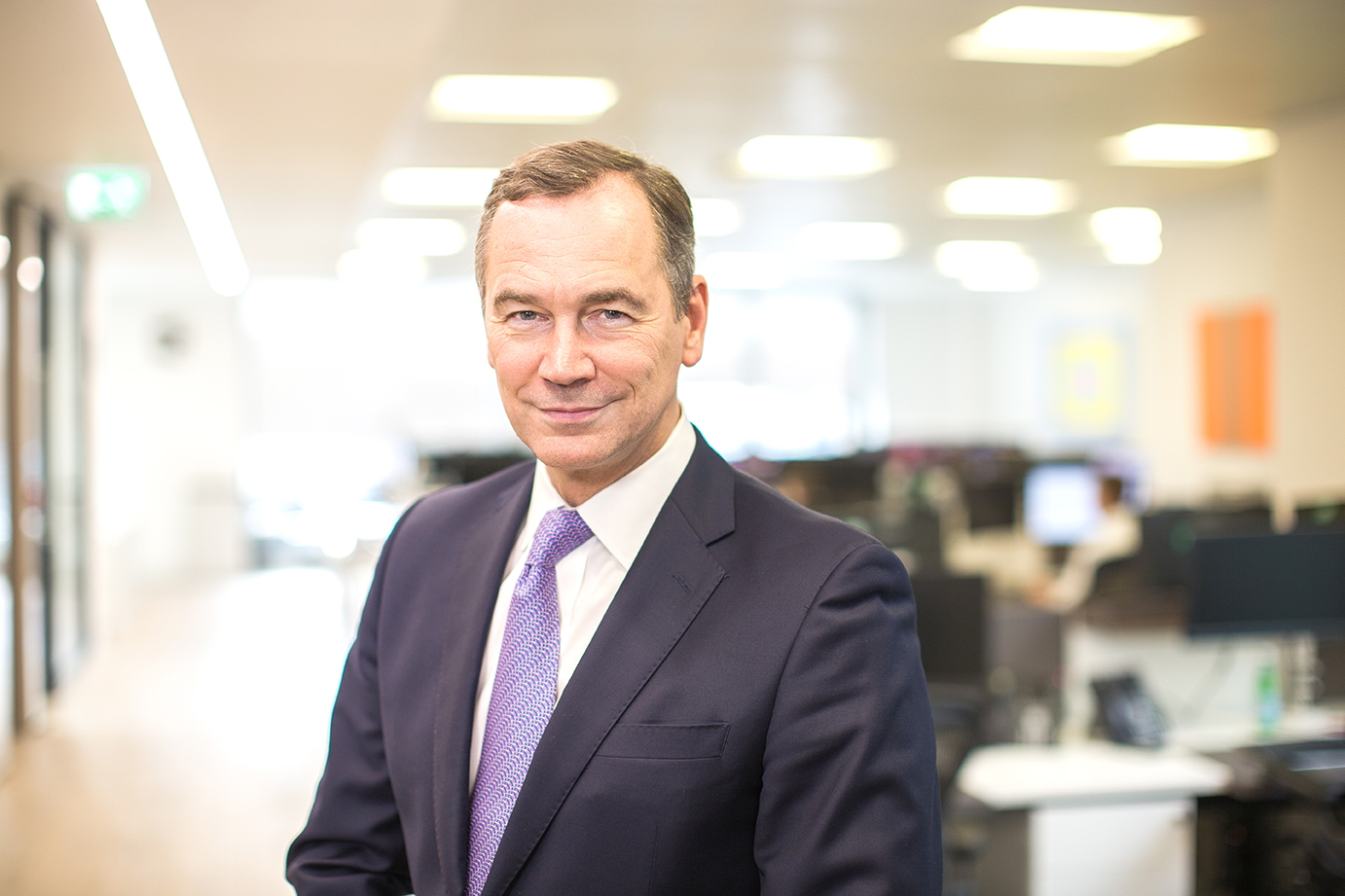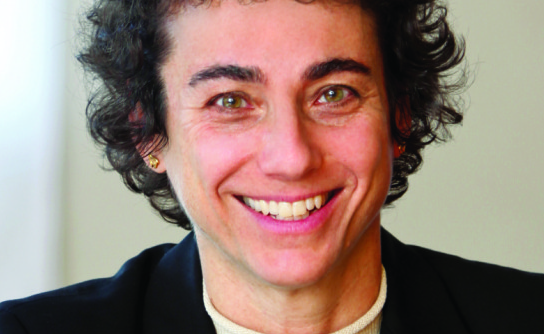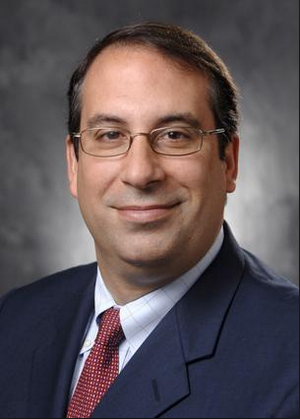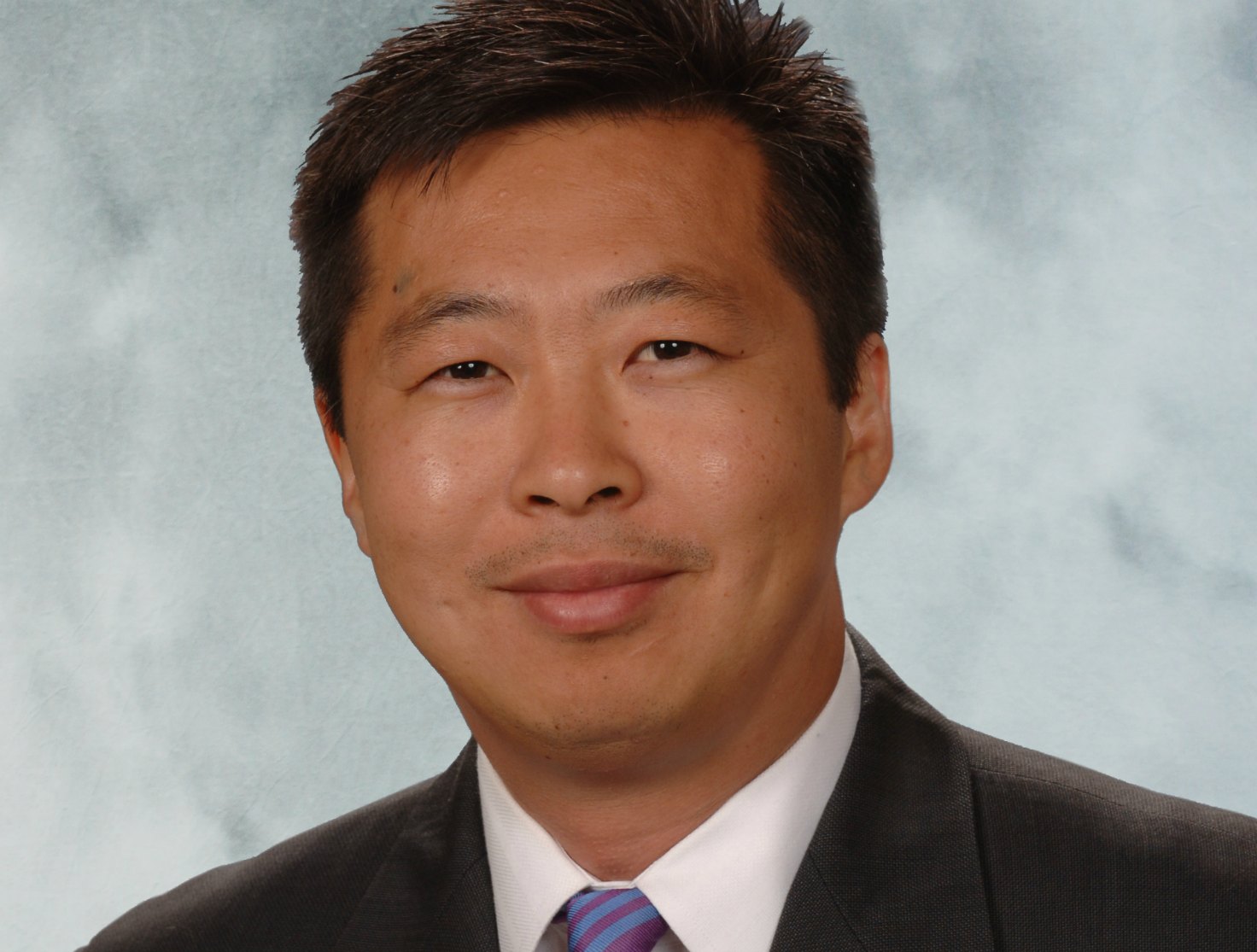Japan’s “Show Me the Money” Corporate Governance
| For Fórmate a Fondo | 0 Comentarios

The fact that due to the encouragement of the Abe Administration, Japanese corporations are strongly emphasizing profitability is extremely important to investors in Japanese equities. This is “icing on the cake” of the “Show Me the Money” corporate governance improvement that we have long-highlighted in our thought leadership effort on Japan. Indeed, while increasing the number of independent directors and other recent governance issues are very important in the intermediate term for Japan, it is crucial for investors to understand that much of the profitability message has actually been understood by Japanese corporates for a decade. This is shown by the divergence in the profit margins from the trend in GDP growth in the chart below, showing that even though GDP growth has remained quite subdued, profit margins have surged.
Since the Koizumi era, Japan has embarked on major rationalizations in most industries, with the number of players often reduced from seven down to three. The fruits of this restructuring were slower to ripen than in Western world examples, and they were hidden by a series of crises (the Lehman shock, the turbulence in China, the strong Yen and of course, the Tohoku crisis), but since Abenomics began, the global backdrop for Japan has been stable and there have been no domestic crises, thus allowing the fruits to ripen.
The CY2Q15 data on overall corporate profits (not just of listed companies) recently announced continues this upward trend, showing that the pretax profit margin’s four-quarter average hit a new high of 5.26%. We expect that profit margins will expand further in coming quarters, driven by continued industry rationalizations and cost-cutting. It is also worth mentioning that forex related profits are not the only driver of this improvement, as the profit margin of services industries also surged to a new record high, as shown in the second chart below.
Of course, this improving structural profitability trend has become more fully realized by global investors, but there remain a decent number of Japan-skeptics, and 2Q profit margins surged so much that this dwindling group should reduce their remaining doubts; and thus, there is a significant amount of overseas capital that can still flow into Japanese equities.
Conclusions
- Years of corporate restructuring’s progress was hidden due to successive global and domestic crises.
- “Show me the Money!” corporate governance: Japanese companies care even more now about corporate profitability.
- The dividend paid by TOPIX is surging upward and we expect it to double in the five years from 2013 through 2018.
- On top of the corporate tax cut in April, Abenomics is having a strongly positive effect on profits due to the normalized Yen and further deregulation should gradually push profit margins higher.
- Poor demographics are linked with GDP growth, but countries with strong automation and efficiency capabilities can completely offset such (see our report on Debunking Demographics). As these charts show, even if Nominal GDP growth is fairly flat, corporate profits can rise sharply in Japan due to productivity increases and gearing to global growth via multinationalization.
Opinion column by John Vail, Chief Global Strategist at Nikko AM














